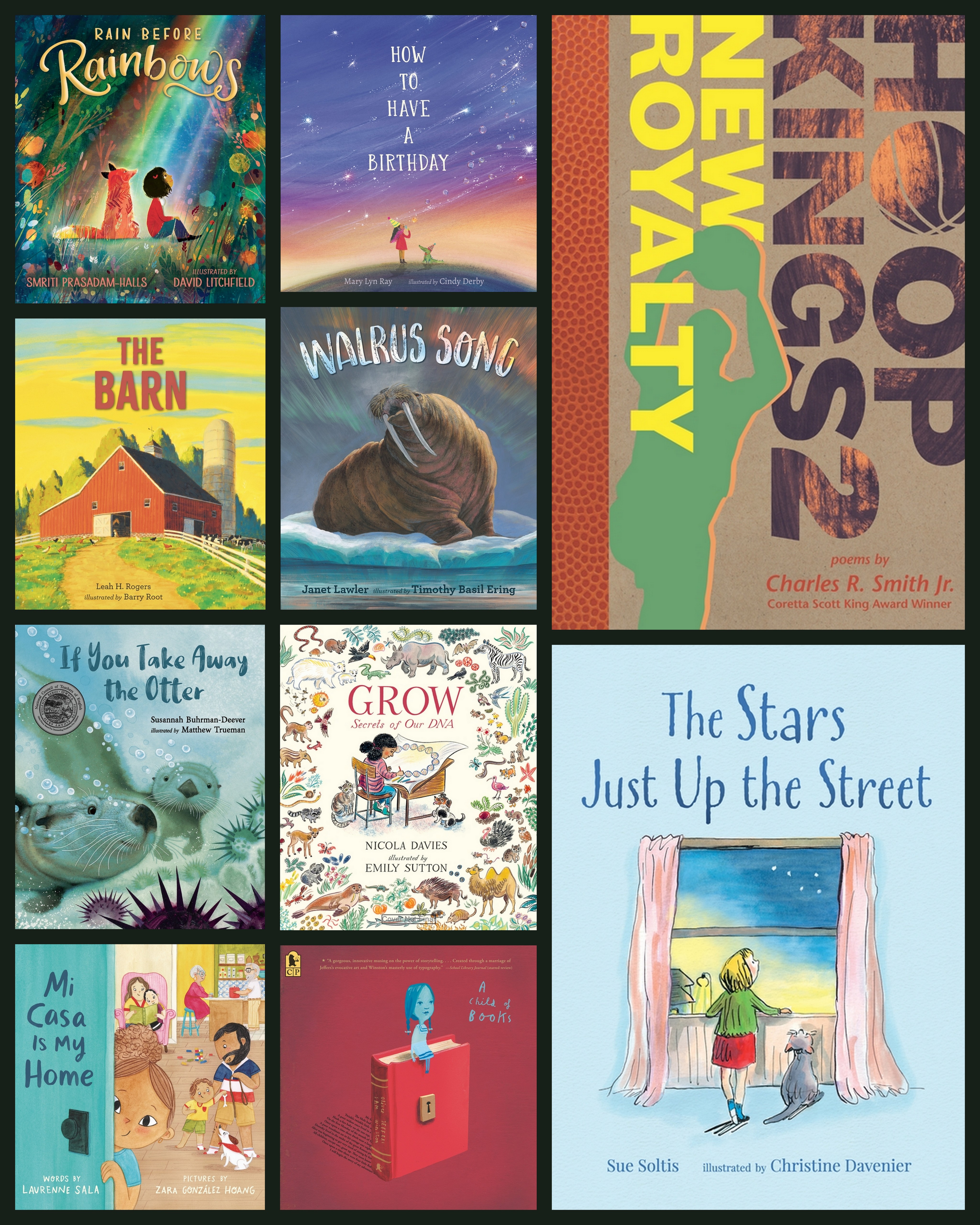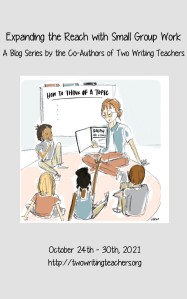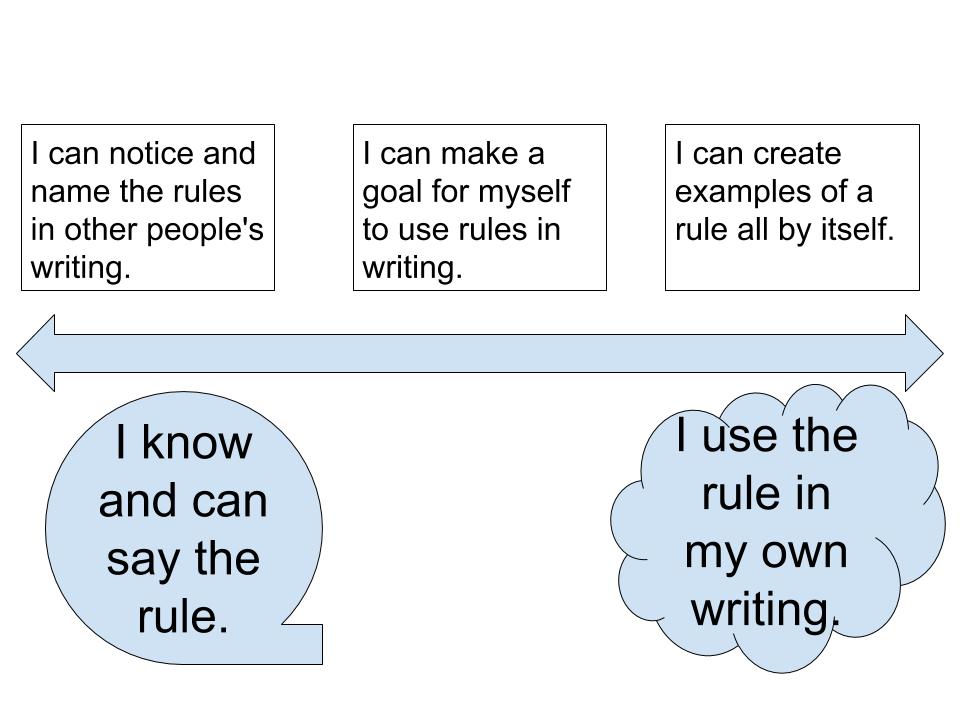In geometrical terms, a line has an infinite length in both directions. It never stops. When representing a line, arrows are drawn on both ends to demonstrate it is continuous.
Learning can also be represented in this way. With arrows on either end. A limitless dimension whose only interruption can be other lines, tilting the plane and disrupting the flow.
Now that I have you imagining limitless lines suddenly pierced and redirected, let’s consider ourselves, the teachers who plan the flow, as the ones who also mend and redefine the direction. If learning were a straight line, the steps would be predictable. But, learning tends to take detours, often beyond our control. So how do we continue to create conditions for learning? For progress? How do we use setbacks as a bend that catapults the learner further down the line? My answer is by bringing awareness to the learner. Bring them on that journey of reflection that helps them process where their learning has begun, where it’s going, and the detours.
In this week’s blog series, we have focused on how powerful small group instruction can be for our writers. In our classroom communities, bringing together a collection of strengths and sitting together, in my experience, can be the catapulting launch that my students need. It suddenly takes them from having one teacher to multiple teachers, sourced with examples and experiences. Below I will share tools and tips to use within your small groups to help lead the flow and direction of learning along with a progression, making the learning visible and attainable.
In Emergent Stages
In the emergent stages of writing, children first begin writing their stories out loud, through conversation. As they become more sophisticated, they are able to draw representations of their ideas and from there they begin to use print to carry a message. Bringing awareness and affirmation to these stages can be what prompts young writers to have the desire and determination to say more for an audience. 
Small Group Link
When writers use visible tools like this, they begin to understand what they are doing as writers. Sitting together in a small group, sharing writing, telling stories, and drawing together, students begin to see and recognize these areas within a writer’s process.
As your young writers sit together, have them touch the progression in the spot they feel represents what they are doing. Can the group help identify where each writer is on the progression? Intentionally naming what a writer is doing helps them see what’s coming next.
In Drafting
Within the current school year, I have found that writing stamina and the will to get words on the page is perhaps one of the most challenging things my middle school writers wrestle with each day.
Each week, my seventh graders write three quickwrites and one free write in their writer’s notebooks. We have talked about the purpose of this exercise in writing as being, “getting words on the page by any means necessary.” My goal for them in this, near daily exercise, is to build writing fluency. A means for sustaining that flow of ideas. The act of low-stakes writing, frequently, can transfer to their other writing pieces and projects across the year.
When building writing stamina and fluency, a progression could contain whatever measurement is most appropriate for the writer. When drafting, it is the quantity of ideas on the page that helps the writer to work on the next phase within their writing process. If there is little writing to work with, it becomes too challenging to work on big revisions and to create momentum to make changes within the writing.
With younger writers, working on a piece of writing across days can be the goal to move from drafting to revision.

Small Group Link
Building a draft alongside other writers brings a level of accountability to the writing. Checking in with each other, sharing and showing progress across time allows opportunities for affirmation and celebration. Tools like these can help students within a group remain accountable to their goals and movement on the progression.
In Conventions
In small groups, there is an opportunity to bring a new level of understanding and recognition to the purpose of grammar and mechanics. We can break apart the tools that make writing clear for an audience. For instance, verbalizing punctuation within a sentence before writing it as a form of rehearsal.
A few years ago, I wrote a post about entry points for writers. I included progressions in that post and want to share this basic tool again. The best part about a progression as simple as this, is it is recyclable with just about any rule.
Melanie shared a set of charts that work great when paired together with these progressions. These charts help break down conventions within grade levels and create their own continuum of using mechanics in writing when put side by side. You can find a little bit more in the full post here.
Small Group Link
As students are brought together to notice, practice, and bring clarity to their own writing pieces, setting group goals can also bring more intention to conventions and their use. Setting group goals for commas, capitalization, verb tense consistency, or any rule would encourage their correct usage and bring an element of fun to the small group table.
As you begin considering all you have gathered across the week, I hope our posts will help bring more intention and efficiency to your small group planning. Students bring their ideas, strengths, readiness, and challenges to our small group tables. Working across a progression can allow each student to see where they have been and are going.
Giveaway information:

- Many thanks to Candlewick Press who is sponsoring a giveaway of ten books. TWO readers will receive FIVE of these books each. The books are A Child of Books, Grow: Secrets of Our DNA, Hoop Kings 2: New Royalty, How to Have a Birthday, If You Take Away the Otter, Mi Casa Is My Home, Rain Before Rainbows, The Barn, The Stars Just Up the Street, and Walrus Song.
- For a chance to win these five books, please leave a comment on any of this blog series’ posts by Sun., 10/31 at 6:00 a.m. EDT. Kathleen Neagle Sokolowski will use a random number generator to pick the winners, whose names she will announce at the bottom of an ICYMI Post on Monday, 11/1.
- NOTE: You must have a U.S. mailing address to enter this giveaway.
- Please be sure to leave a valid e-mail address when you post your comment, so Kathleen can contact you to obtain your mailing address if you win. From there, our contact at Candlewick will send five picture books to each of our winners.
- If you are the winner of the book, Kathleen will email you with the subject line of TWO WRITING TEACHERS – SMALL GROUPS. Please respond to her e-mail with your mailing address within five days of receipt. Unfortunately, a new winner will be chosen if a response isn’t received within five days of the giveaway announcement.




Brilliant Betsy! Thinking in terms of progressions is growth mindset at work! Such practical points here! Thank you!
LikeLike
This series has been EXACTLY what I needed at EXACTLY the right time. Bravo, Two Writing Teachers!
LikeLike
Love the guidance of the is blog! Every single post I get applicable takeaways from and it challenges my thinking about writing. Additionally, I just bought Craft Moves and can not wait to increase my toolkit of mentor texts! Thank you!
LikeLike
This gave me great hands on info for my teachers that struggle with the ‘why’ of teaching writing the way we do!
LikeLike
This is really going to help me. I’ve been using quick writes to build writing stamina and I am still meeting with resistance from a few students. Using small groups to help them develop their skills will jump start some of the resisters in a positive way.
LikeLike
Really enjoyed the structure of this post.
LikeLike
I love the examples you provided for small group learning progressions in writing….very practical kind of formative assessment!
LikeLike
I would love more information about how to structure small group work across a classroom, a week, a unit. pstegink@yahoo.com
LikeLike
I love reading about all of these entry points!
LikeLike